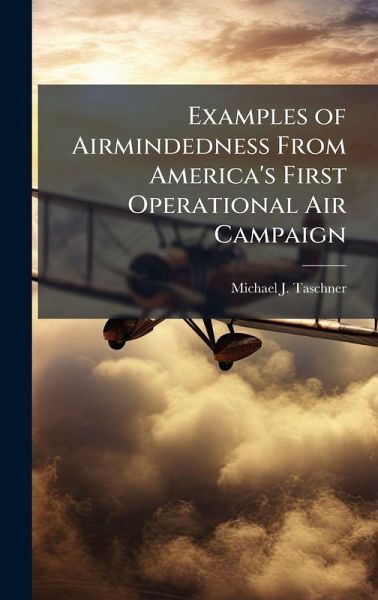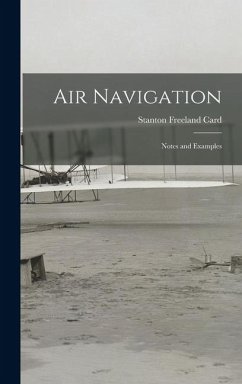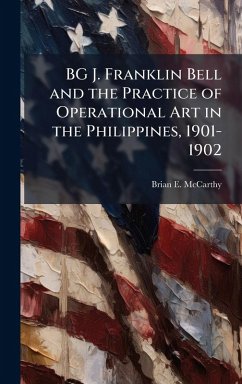
Examples of Airmindedness From America's First Operational Air Campaign
Versandkostenfrei!
Versandfertig in über 4 Wochen
26,99 €
inkl. MwSt.
Weitere Ausgaben:

PAYBACK Punkte
13 °P sammeln!
This paper examines airpower in the Battle of St. Mihiel in terms of the principles of war and does so with an airmindedness perspective. The four day long air battle at St. Mihiel is briefly reviewed. Next, the nine principles of war described in the March 1992 edition of Air Force Manual 1-1, Basic Aerospace Doctrine of the United States Air Force are reviewed and specific examples of their application during the St. Mihiel Offensive discussed. The principles: are objective, offensive, unity of command, security, surprise, simplicity, mass, maneuver, and economy of force. World War I histori...
This paper examines airpower in the Battle of St. Mihiel in terms of the principles of war and does so with an airmindedness perspective. The four day long air battle at St. Mihiel is briefly reviewed. Next, the nine principles of war described in the March 1992 edition of Air Force Manual 1-1, Basic Aerospace Doctrine of the United States Air Force are reviewed and specific examples of their application during the St. Mihiel Offensive discussed. The principles: are objective, offensive, unity of command, security, surprise, simplicity, mass, maneuver, and economy of force. World War I historical records and pilot memoirs were researched for details on the Allied planning and conduct of the air war at St. Mihiel. From this material, examples of the principles of war were taken. Although the principles of war are not immutable, examples of the principles of war (from an airmenï's perspective) can be found in the first American led battle of World War I. These examples are as valid today as they were in September 1918. This work has been selected by scholars as being culturally important, and is part of the knowledge base of civilization as we know it. This work was reproduced from the original artifact, and remains as true to the original work as possible. Therefore, you will see the original copyright references, library stamps (as most of these works have been housed in our most important libraries around the world), and other notations in the work. This work is in the public domain in the United States of America, and possibly other nations. Within the United States, you may freely copy and distribute this work, as no entity (individual or corporate) has a copyright on the body of the work. As a reproduction of a historical artifact, this work may contain missing or blurred pages, poor pictures, errant marks, etc. Scholars believe, and we concur, that this work is important enough to be preserved, reproduced, and made generally available to the public. We appreciate your support of the preservation process, and thank you for being an important part of keeping this knowledge alive and relevant.












